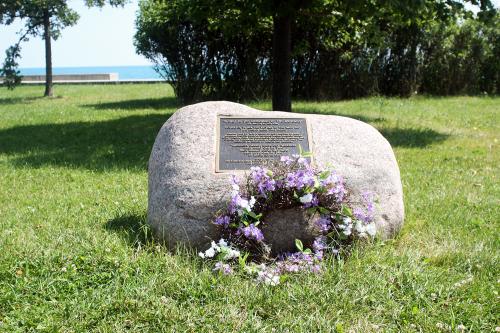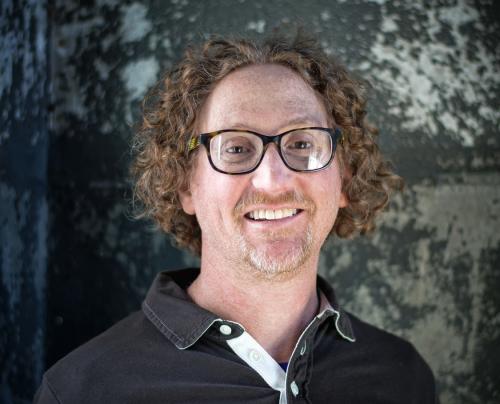Editorial Addressing Racism Co-Authored by WIU Professor
June 18, 2020

Currently, the only memorial is a single historical marker near 29th Street along the lakefront where the first victim, a black teenager, named Eugene Williams, was killed when a white man hit him on the head with a rock. The plaque was paid for by students at York High School in suburban Elmhurst in 2009.
[Download Print-Quality Image]
MACOMB, IL – A member of Western Illinois University's history faculty has co-authored a Chicago Tribune editorial weighing in on public art's ability to address the history of racism in Chicago, and, more broadly, the United States.
Professor Peter Cole wrote the editorial, which was published earlier this week, with Franklin Cosey-Gay, executive director of the Chicago Center for Youth Violence Protection. The two also co-direct the Chicago Race Riot of 1919 Commemoration Project (CRR19), a public art project to mark the lives of 38 people that were lost just over 100 years ago.
In the piece for the Chicago Tribune, Cole and Cosey-Gay address the emergence of public art and specifically murals in response to the Minneapolis, MN, killing of George Floyd that have appeared in that city, as well as in many other places - even war-torn Syria.
"Simultaneously, protestors around the world are bringing down monuments to slave traders and other embodiments of racism," the editorial stated. "Their demands show us that, just as new public art must commemorate injustice, so must no public art honoring its perpetrators be allowed to stand."
Through the editorial, the two men talk about CRR19, an idea launched by Cole after a trip to Germany, where he visited some of that country's "stumbling stones" to commemorate those killed in the Holocaust. After visiting a series of artistic markers planted in the ground at the residences of 75,000 victims, Cole was struck by how little the United States has done to acknowledged 401 years of slavery and segregation, as well as ongoing racial inequality.
The result is a public art project being planned for the Chicago Race Riots of 1919. Cole hopes to commission an artist to create markers for the locations of where the 38 people were killed in Chicago.
"Launched last year, CRR19 looks back to July 27, 1919, when five Black boys escaped the heat by swimming in Lake Michigan," the pair wrote. "Their makeshift raft drifted into a 'white-only' part of the lake. A white man threw rocks at them, causing the death of 17-year-old Eugene Williams. When the white police officer refused to arrest the white perpetrator, violence exploded in what became known as the 1919 Race Riot. One week of violence left thirty-eight people dead, over 530 people injured, and several thousand homeless. White men initiated the violence, invading Black neighborhoods and attacking innocent black people. Two-thirds of casualties were Black—but so were two-thirds of those arrested."
CRR19 is building a community of local artists, educators, citizens and community groups who share the project's vision.
"We want to install the first set of five markers at what in 1919, was dubbed the 'vortex of violence," near 35th and State Street," the editorial outlines. "This locale is a powerful reminder of how past racism and present struggles for racial equity, continue to merge in our city. Nearby stand the Chicago Military Academy, previously home to the all-black 8th Illinois Infantry, and the Victory Monument that honors Black WWI soldiers."
To learn more about CRR19, visit ChicagoRaceRiot.org, or follow the project on social media by visiting @chicagoraceriot on Twitter.
To read the complete editorial by Cole and Cosey-Gay, visit bit.ly/2ANsI3D.
Posted By: Jodi Pospeschil (JK-Pospeschil@wiu.edu)
Office of University Communications & Marketing


Connect with us: